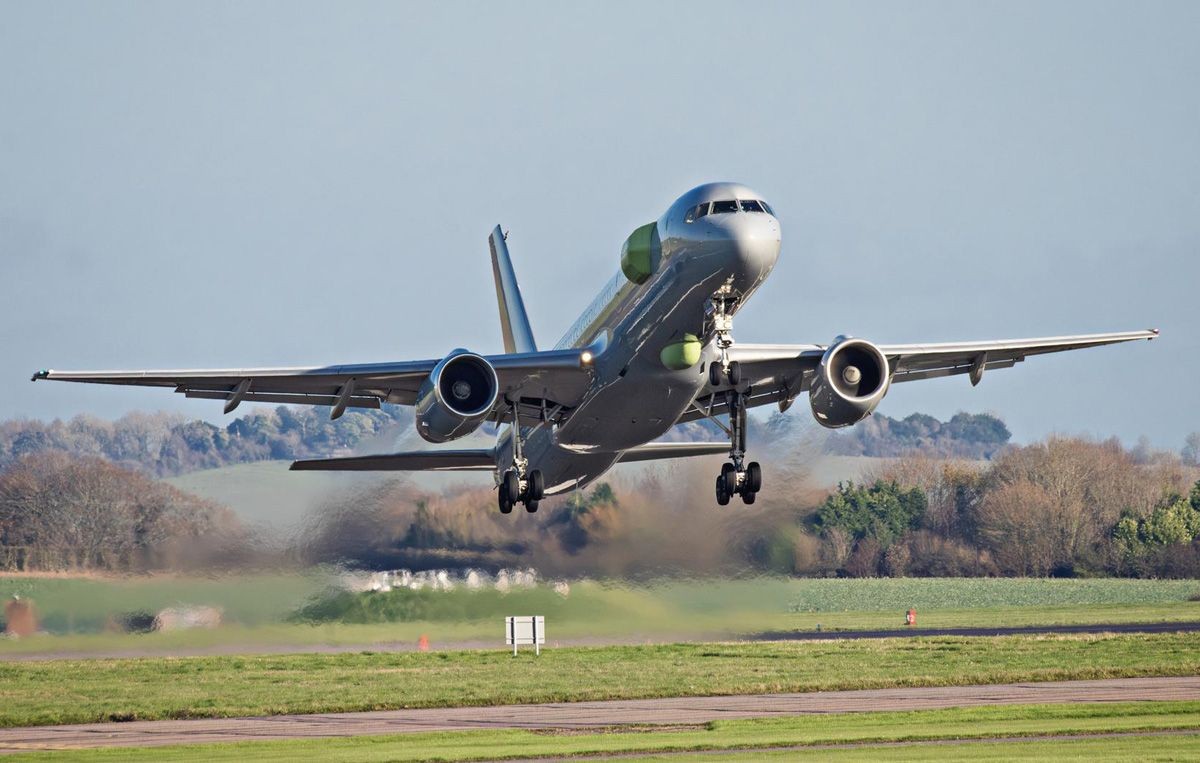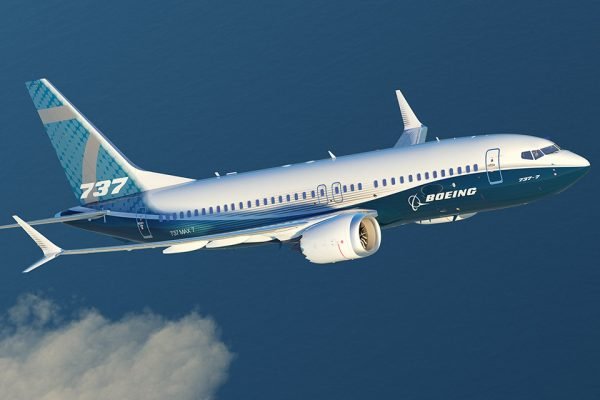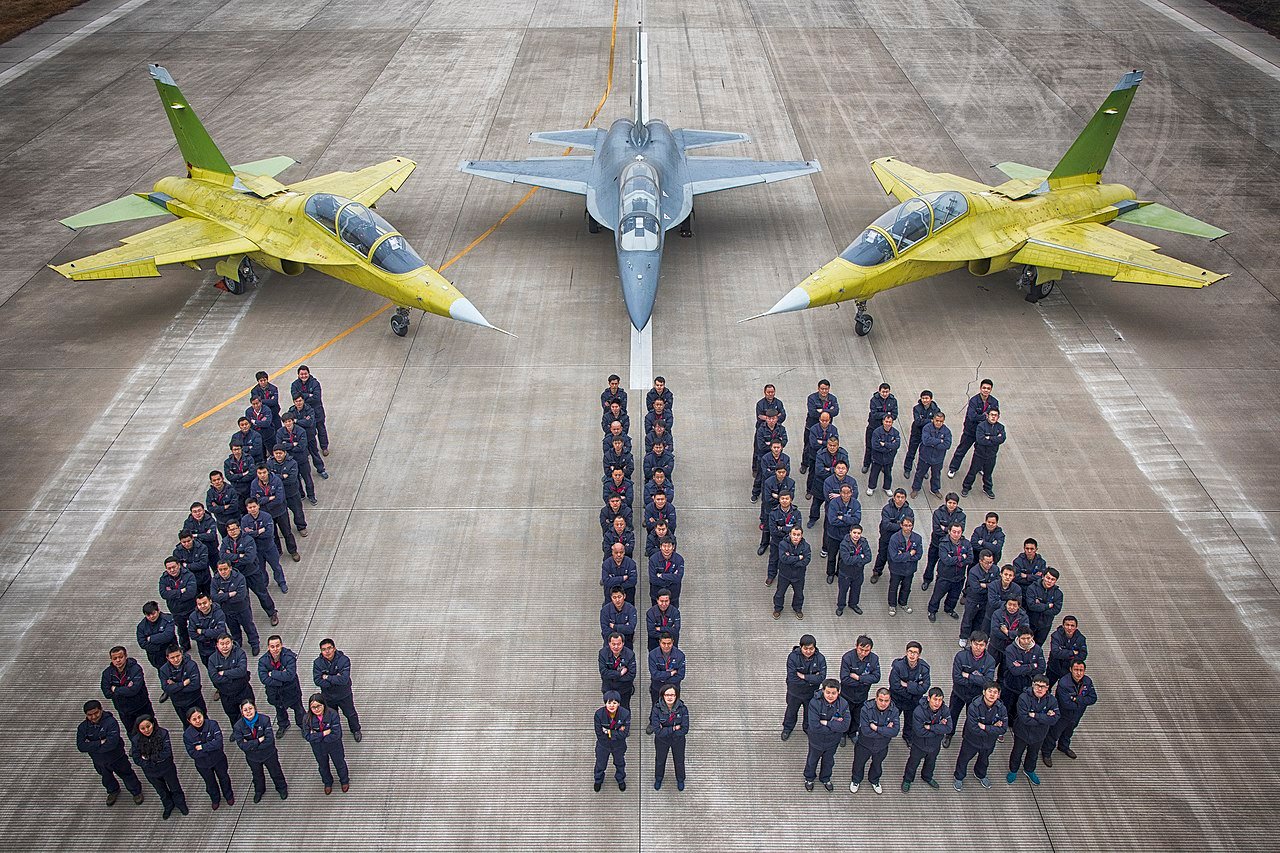Boeing, long seen as a symbol of American industrial dominance, is facing fresh headwinds—this time, not from design flaws or production delays, but from a deepening trade war.
At the heart of the turbulence is China, the world’s fastest-growing aviation market and once one of Boeing’s most promising partners.
In recent weeks, several Boeing aircraft built for Chinese airlines have been refused delivery, with three jets already making their way back across the Pacific.
Two 737 MAX 8s intended for Xiamen Airlines returned to Boeing’s Seattle base, and a third aircraft, built for Air China, departed the company’s Zhoushan completion center, but instead of heading to China, it flew to Guam.
Each of these jets, valued at around US$55 million, now represents not a commercial sale but a diplomatic casualty.
A Strategic Strike From Beijing
The moves come in the wake of Washington’s decision to impose tariffs of up to 245% on Chinese goods. Beijing’s response was swift and calculated: a 125% retaliatory tariff on US imports, and an unprecedented directive to Chinese airlines to halt deliveries of Boeing aircraft and suspend purchases of US-made aerospace components.
This isn’t just tit-for-tat economic policy—it’s a targeted maneuver aimed squarely at Boeing, America’s single largest aerospace exporter. With around 80% of its commercial aircraft sold abroad, Boeing relies heavily on foreign demand, and China has been a key pillar of its global strategy.
Now, that pillar is cracking.
Boeing’s Fragile Recovery Meets Geopolitical Reality
Ironically, these tensions are surfacing just as Boeing was beginning to recover from years of internal crises.
In its Q1 2025 earnings report, the aerospace giant posted a narrowed loss of US$31 million, down from US$355 million a year earlier. Revenue climbed 18% to US$19.5 billion, buoyed by the delivery of 130 aircraft, including over 100 of the high-demand 737 model.

Production lines that had slowed during a 2024 labour strike are revving back up. Investors responded with optimism, and Boeing’s stock rose in trading this year. But that optimism, much like Boeing’s aircraft, now faces a turbulent atmosphere.
Notably, these earnings were recorded before the US government’s latest round of tariff declarations on April 2—a key geopolitical curveball. While most countries were granted a 90-day reprieve, China was conspicuously excluded from this arrangement.
For Boeing, which operates in over 65 countries and supplies to clients in 150, the implications are profound.
Boeing’s CEO, Dave Ortberg, was candid: “We had planned around 50 deliveries to China for the rest of the year. Given the current climate, we’re working to redirect those planes to other customers.”
“Like Trying To Catch The Wind”
Beijing has poured cold water on hopes of a thaw in U.S.-China trade tensions, firmly rejecting Washington’s claims that tariff negotiations are underway.
In a sharp rebuke, China’s Ministry of Commerce dismissed recent suggestions from the White House that dialogue was in progress.
“At present, there are absolutely no economic or trade negotiations taking place between China and the United States,” said spokesperson He Yadong. “Any claims of progress are as baseless as trying to catch the wind.”
The blunt statement directly contradicts US President Donald Trump’s assertion last week that discussions were active and that some form of de-escalation might be on the horizon.
China made it clear that the path to any resolution begins with Washington rolling back the raft of unilateral tariffs imposed in recent months.
“If the US truly wants to resolve this issue, it should first cancel all its unilateral measures against China,” he said.
This direct rebuke underscores how far apart the two powers remain—and how unlikely a resolution is in the short term.
Supply Chain Strain Adds To The Pressure
Boeing’s challenges don’t end at the border. Its complex global supply chain, which involves over 700 suppliers and approximately 2,000 components for the 737 alone, is also under significant pressure.
Ortberg acknowledged that while much of the supply chain is based in the US, key components come from countries like Italy and Japan, which are also subject to new tariffs.
“We’re hopeful these issues can be resolved through negotiation,” Ortberg said, “but in the meantime, we’re managing higher costs.”
Broader Shockwaves For Aviation
Analysts warn that Boeing’s struggles may be just the beginning. The broader aerospace industry, expected to generate $125 billion in exports this year, relies on long-term contracts and finely tuned international networks.
A prolonged trade standoff risks not only derailing delivery schedules but also destabilizing the entire sector.
For Boeing, a company long seen as a symbol of American industrial might, the skies ahead remain turbulent, buffeted not by mechanical failures but by political ones.
India Keen On ‘Rejected’ Planes
Air India is in talks with Boeing to acquire around 10 737 MAX jets, following a decision by a Chinese airliner to decline deliveries amid a trade war with the US, News Agency Reuters reported, citing sources. According to reports, Air India plans to acquire around 10 narrow-body planes for its budget carrier, Air India Express. If the deal goes through, it could boost Air India’s expansion plans as the group’s growth has been hampered by a shortage of new aircraft.
- Shubhangi Palve is a defense and aerospace journalist. Before joining the EurAsian Times, she worked for ET Prime. She has over 15 years of extensive experience in the media industry, spanning print, electronic, and online domains.
- Contact the author at shubhapalve (at) gmail.com






